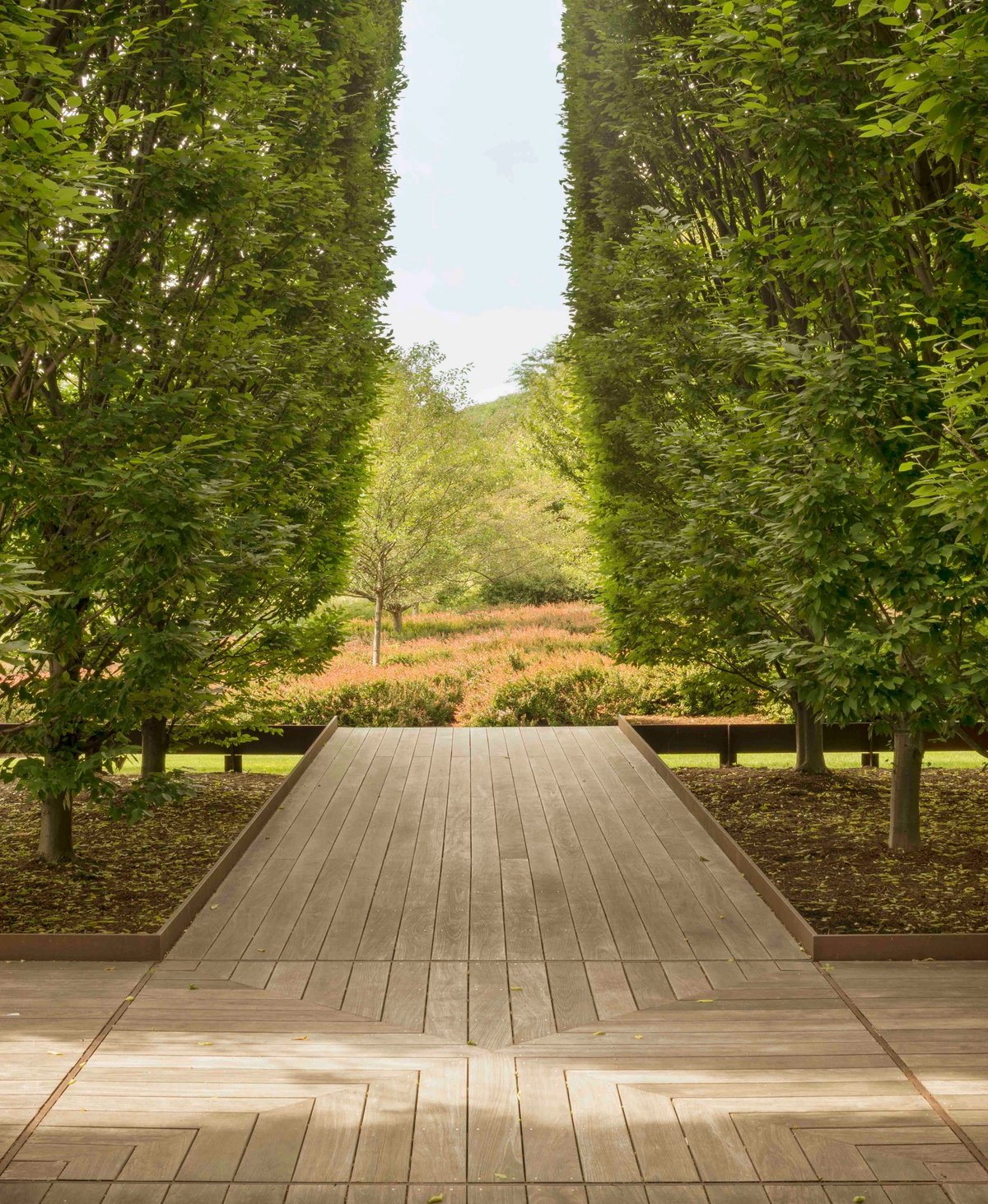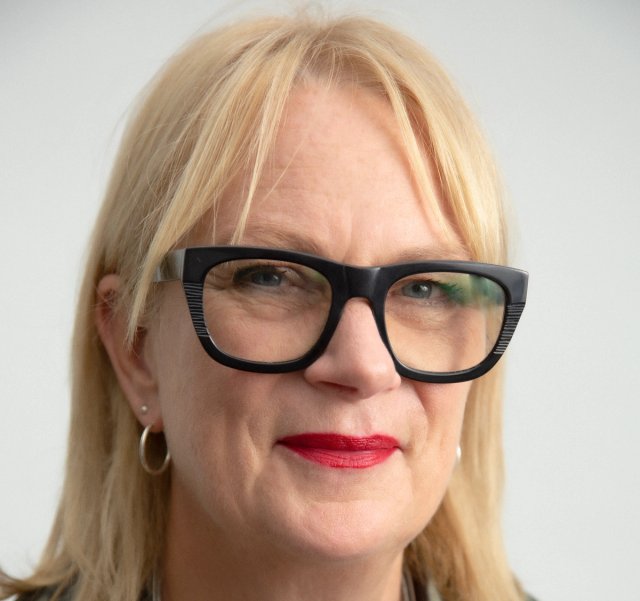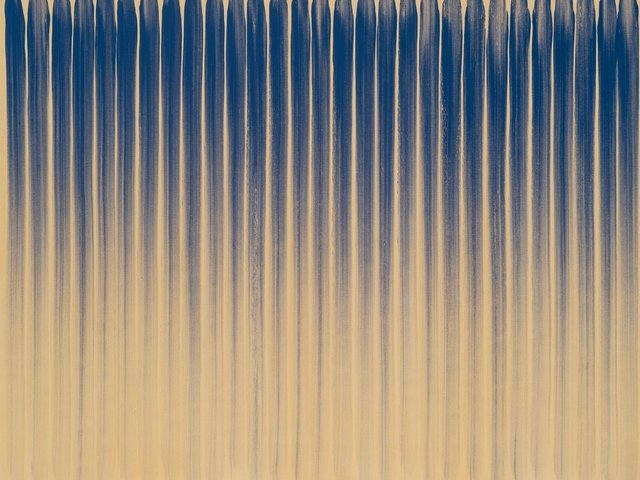As the Dia Art Foundation celebrates its 50th birthday, it is to be applauded for having made a concerted effort to re-boot its relevance and look to the future by extending and diversifying its collection, consolidating its sites, unionising its workforce and stabilising its endowment. And for achieving all of the above while still adhering to the founding Dia ethos of working closely with artists, on their terms and according to their time frames—however complex and lengthy these may be.
But, significantly, Dia is also quietly revealing itself to be a paragon of sustainability. Earlier this year The Art Newspaper reported on the institution's plans to redesign more than eight acres of the grounds at Dia Beacon, in a major landscape project headed up by Studio Zewde.
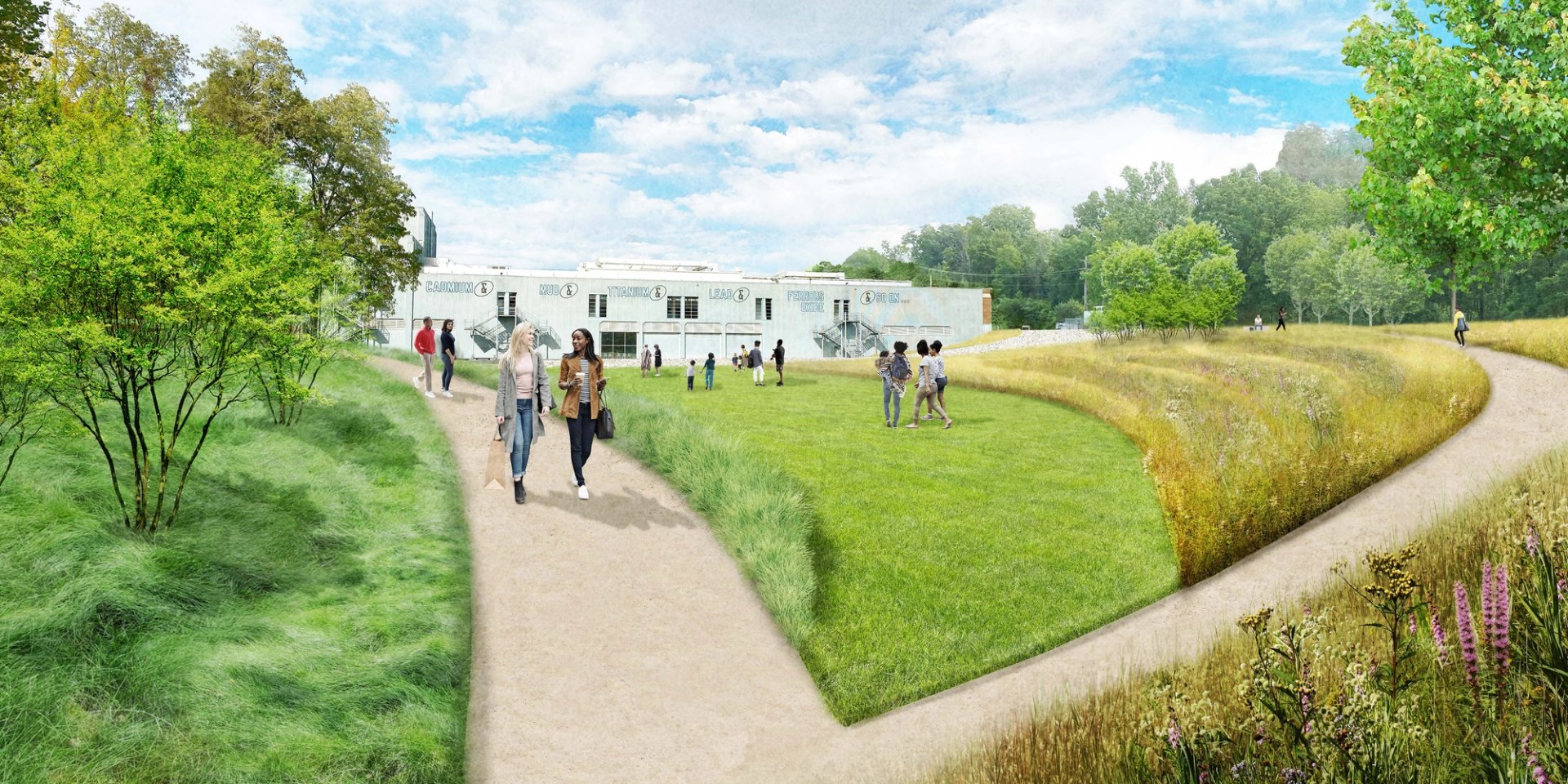
Rendering of Dia Beacon’s south landscape
Courtesy Studio Zewde, 2024
The scheme, which will be completed next year, rose out of extensive research and conversations with Indigenous groups and organisations. Dia Beacon is located on a historic flood plain, and the new landscaping safeguards the site’s extensive buildings from both rising water levels and the increased risk of storms. What's more, by allowing surrounding terrain to flood and for the water to then pool into specially created basins, the project will create meadowland and pathways, which can be used by museum visitors, local communities and Dia itself to programme artworks.
Planet-friendly programmes
Yet while the Zewde scheme for Dia Beacon is an admirable response to the very real problems caused by the climate crisis, it is only the latest in a long line of environmentally aware initiatives that have been embedded in Dia right from its origins as a bastion of Land art. “When Dia was first set up, our founders were plugged in to the nascent ecology movement of the 1970s,” says Jessica Morgan, who took over as Dia’s director in 2015. “The whole idea of the long-term and permanent exhibits was to a great extent about not wasting resources, as well as challenging the traditional studio, gallery and museum system.”
There is no doubt that Dia’s initial remit to work with artists to create long-lasting works of art—often made directly out of the land surrounding them—was infinitely more planet-friendly than the quick-change exhibition programmes put on by other galleries of the time. And Morgan recently confided to me that Dia’s co-founder, the German art dealer Heiner Friedrich, continues to be obsessed by the environment: “When we meet up, he still talks all the time about what a wasteful world we live in,” she says.
Another early environmentally friendly Dia policy instigated by Friedrich and his fellow Dia founders Philippa de Menil (now known as Fariha Friedrich) and Helen Winkler Fosdick was the decision to have no permanent physical headquarters, but instead to repurpose existing and often partly derelict buildings to accommodate artists and their projects as and when they were needed. This was a deliberate decision made partly because Dia did not want any form of institutional profile, instead viewing itself as a conduit for artists. (The institution’s name comes from the ancient Greek for “through”.)

The Dan Flavin Art Institute at Dia Bridgehampton is housed within a repurposed firehouse/Baptist church
Photo: Florian Holzherr. Courtesy Dia Art Foundation, New York
In those early years the organisation’s then Maecenas-like wealth could easily have accommodated any number of new-builds. And there is, it must be said, some irony in the fact that the near-limitless resources of Dia’s first decade—and in turn the environmentally sensitive projects they sustained—were provided by the De Menil family’s Schlumberger oil-field services company.
Thinking outside the box factory
By the mid-1980s, Schlumberger shares had plummeted and, as a result, Dia’s patronage shrunk dramatically. In 2003, with substantial support from the major patron Leonard Riggio, Dia acquired a permanent home for its collection: the former Nabisco box-printing factory at Beacon, New York. The building was, of course, refurbished, and repurposing former industrial buildings has continued to be a Dia trademark. When Morgan took up the helm she immediately vetoed a predecessor’s plan to construct a glitzy, new multi-storey Manhattan headquarters, instead knitting together existing warehouse properties already owned by Dia to form Dia Chelsea.
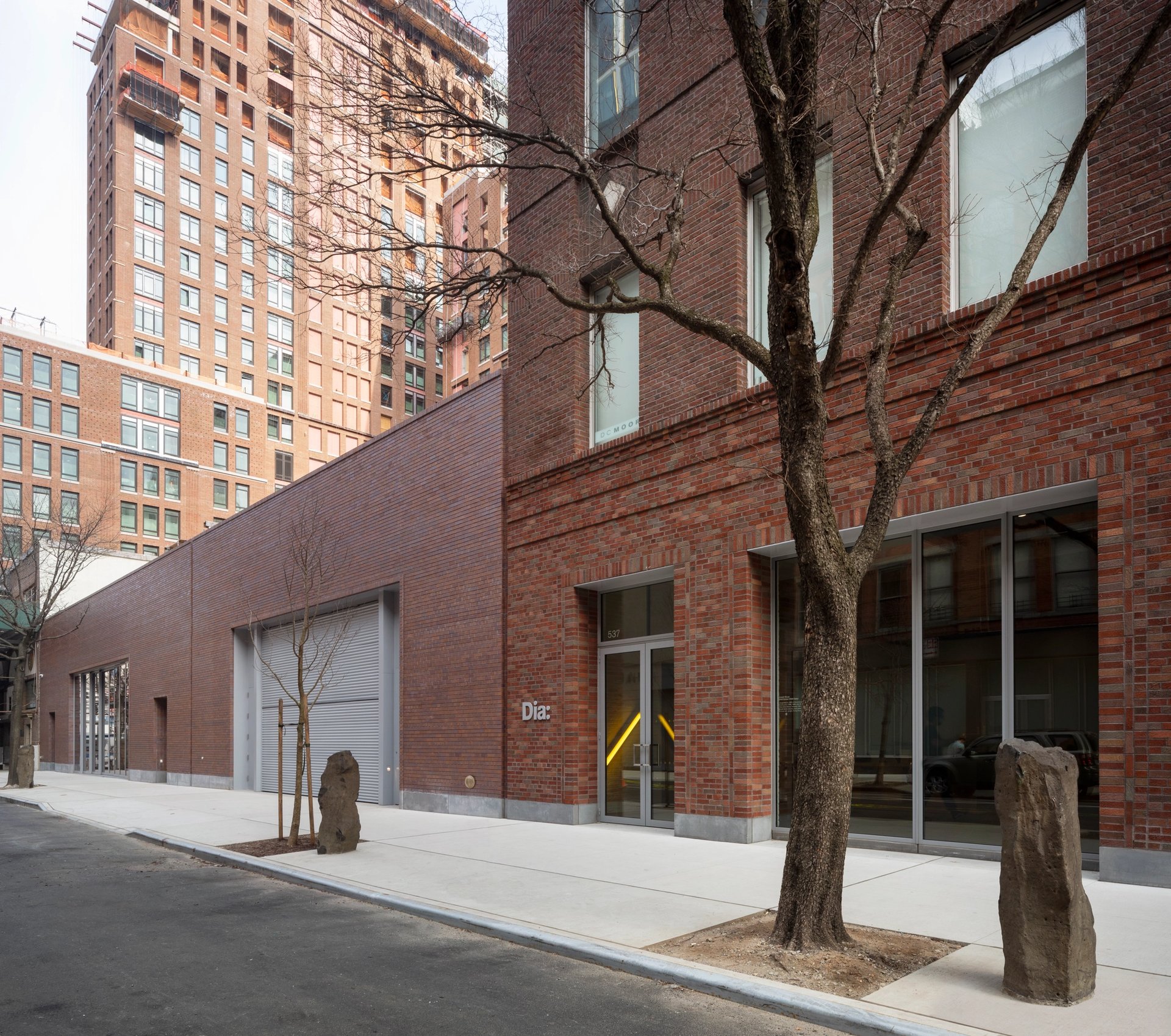
Dia Chelsea, New York
Photo: Elizabeth Felicella
This philosophy of utilising existing resources permeates every aspect of Dia’s operations. “We continue to work in the majority with our collection, so for us shipping something is usually just moving it from the lower level to the upper level of the building,” says Morgan.
She also points out that Dia very rarely participates in big touring exhibitions and that, although she has recently resurrected the foundation’s commissioning programme, wherever possible it commissions work to be made on location. “Artists are encouraged to build on site, and then it hopefully enters the collection and so it stays on site.” Case in point is the soil work Cielo terrenal (earthly heaven, 2023) by the Colombian artist Delcy Morelos. Currently on show at Dia Chelsea and recently acquired for the collection, it even incorporates and recycles preserved detritus from previous Dia exhibitions.
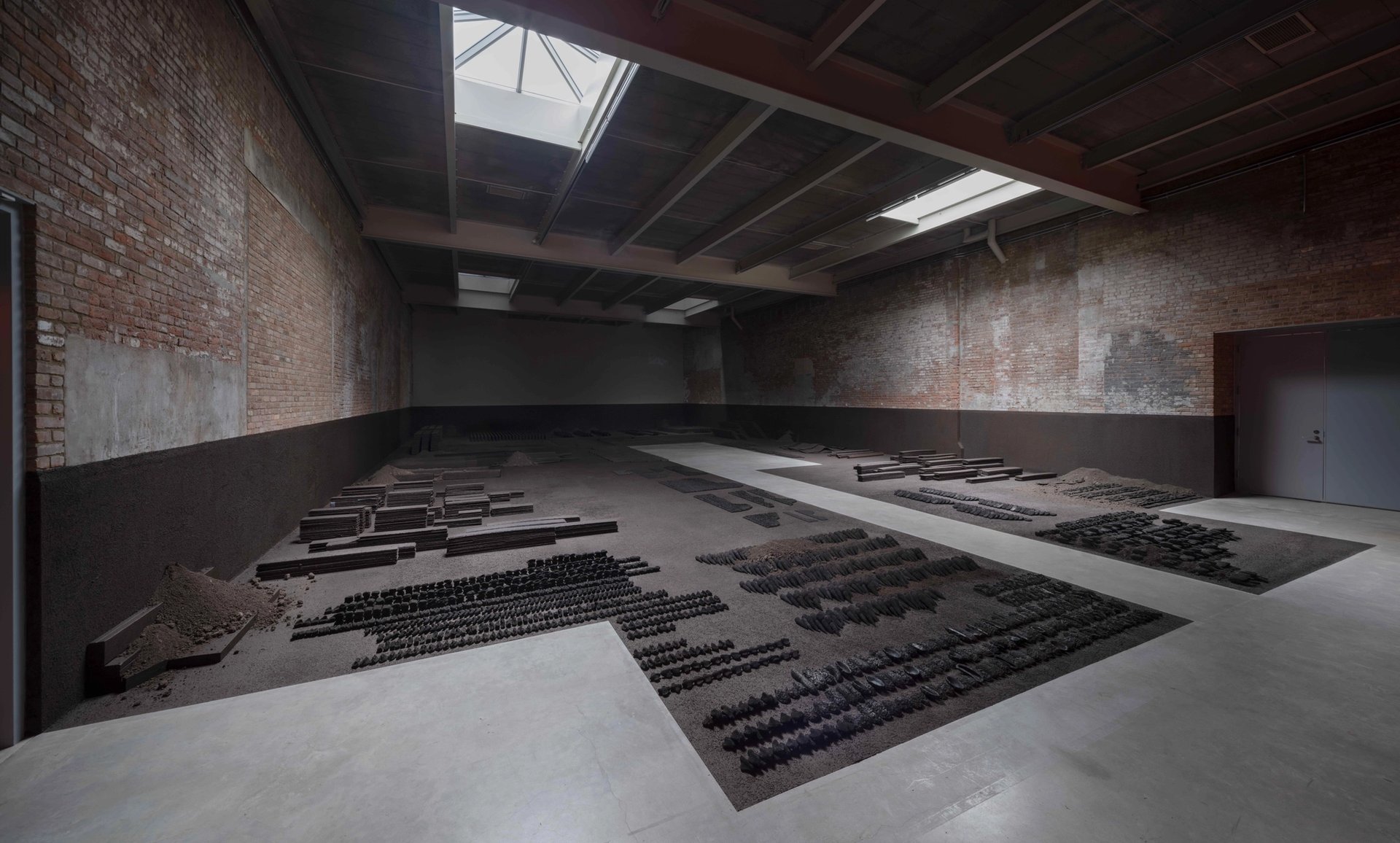
Delcy Morelos, Cielo terrenal Earthly Heaven)(earthly heaven, 2023) (2023)
© Delcy Morelos. Photo: Bill Jacobson Studio, New York
Under Morgan’s stewardship some of the single-artist displays at Dia Beacon do now change—but they do so over years rather than months. The building itself remains largely unaltered, with the artists—or their estates—showing work in response to the spaces as they are. “Dia Beacon is pretty much permanent architecture,” stresses Morgan. “There’s no wasteful build-out or exhibition production going on: sometimes there may be a minute adjustment to a doorway, but nothing more.”
Daylight saving
Another key energy saver is the fact that Dia Beacon is a “daylight museum”, only lit by the natural light from its 34,000 sq. ft of original factory skylights. Opening hours change seasonally and, as such, Dia Beacon closes at 4pm in winter. The exhibition spaces of Dia Chelsea are the same: “We barely turn a light on,” Morgan says.

An interior view of Dia Chelsea, New York
Photo: Elizabeth Felicella; courtesy Dia Art Foundation, New York
While other museums and galleries may not share Dia’s unique circumstances and track record, there are undoubtedly lessons to be learned from its example. If institutions even in part adopted just some of their key principles—avoiding new building projects; working predominantly from their collections; showing works in daylight; and substantially extending the length of their displays—the environmental benefits would be dramatic.
But for her part, Morgan is not allowing Dia to rest on its laurels. “There are still plenty of areas that we need to look at—especially how we travel and how we run our facilities,” she says. “We have this very particular history and we have to be mindful of keeping to it, and also extending it; we can’t be complacent.” Other arts organisations, take note.


